Switzerland Education System
As an expert in education systems, I’ll delve into the intricacies of the Switzerland education system. Switzerland boasts a unique approach to education that emphasizes flexibility and individuality. The Swiss believe in providing students with a well-rounded education that not only focuses on academics but also practical skills.
 In Switzerland, education is decentralized, with each canton responsible for its own system. This results in some variation across regions but ensures that educational practices are tailored to local needs. The Swiss educational system is known for its high quality, with an emphasis on hands-on learning and apprenticeship programs.
In Switzerland, education is decentralized, with each canton responsible for its own system. This results in some variation across regions but ensures that educational practices are tailored to local needs. The Swiss educational system is known for its high quality, with an emphasis on hands-on learning and apprenticeship programs.
One key aspect of the Switzerland education system is the early tracking of students into different school paths based on their abilities and interests. This helps guide students towards career pathways that suit their strengths. Additionally, Switzerland places a strong emphasis on vocational training, ensuring that students have opportunities for practical skill development alongside traditional academics.
Overview of the Switzerland Education System
Switzerland boasts a renowned education system that is highly regarded worldwide for its quality and innovation. The country takes pride in its diverse educational landscape, offering a blend of traditional academic excellence with vocational training opportunities.
Structure of Education
- Compulsory Education: In Switzerland, education is compulsory for children aged 6 to 15, encompassing primary and lower secondary levels.
- Dual Education System: One unique aspect is the dual education system where students combine classroom learning with practical work experience, preparing them for skilled professions.
- Tertiary Education: Following compulsory schooling, students can pursue further education at universities, universities of applied sciences, or vocational schools.
Multilingualism and Cultural Diversity
- Linguistic Richness: Switzerland’s multilingual environment fosters language proficiency in German, French, Italian, and Romansh.
- Cultural Exchange: Students benefit from exposure to different cultural perspectives due to the country’s multicultural society.
Academic Excellence and Innovation
- Research-Oriented Approach: Swiss institutions prioritize research and innovation across various disciplines.
- Global Recognition: Universities like ETH Zurich consistently rank among the top globally for their academic programs and research contributions.
Embracing a holistic approach to education that values both theoretical knowledge and practical skills, the Switzerland education system stands as a testament to the country’s commitment to fostering well-rounded individuals capable of thriving in an ever-evolving global landscape.
Early Childhood and Primary Education
 As I delve into the realm of early childhood and primary education in Switzerland, it becomes evident that the Swiss educational system places significant emphasis on fostering a strong foundation for young learners. In this crucial developmental stage, children aged 4 to 7 embark on their educational journey through kindergarten and primary school.
As I delve into the realm of early childhood and primary education in Switzerland, it becomes evident that the Swiss educational system places significant emphasis on fostering a strong foundation for young learners. In this crucial developmental stage, children aged 4 to 7 embark on their educational journey through kindergarten and primary school.
Key Points:
- Kindergarten: Children typically begin with two years of kindergarten, focusing on socialization, play-based learning, and basic skills development.
- Primary School: Following kindergarten, students enter primary school for six years. This period is characterized by a well-rounded curriculum that includes languages (often starting with local dialects before transitioning to High German), mathematics, natural sciences, music, arts, physical education, and civics.
Distinct Features:
- Multilingualism: One remarkable aspect of Swiss education is its multilingual approach. With four official languages (German, French, Italian, Romansh), regions tailor language instruction based on their linguistic context.
- Holistic Development: The curriculum not only focuses on academic excellence but also promotes social skills, critical thinking abilities, creativity, and independence among young learners.
Statistics:
Here are some statistics reflecting the early childhood and primary education landscape in Switzerland:
| Metric | Data |
| Enrollment Rate (Primary) | Over 95% |
| Teacher-Student Ratio | Around 1:12 |
| Public vs. Private Institutions | Predominantly Public |
As I uncover more about how Switzerland nurtures its youngest minds through early childhood programs and primary schooling experiences rich in diversity and holistic growth opportunities.
Reflecting on these aspects of the Switzerland education system, it’s clear that the country’s commitment to excellence and continuous improvement sets a solid foundation for student success. As we delve deeper into educational systems worldwide, studying the Swiss model offers valuable insights into best practices and innovative approaches that can benefit learners globally.

